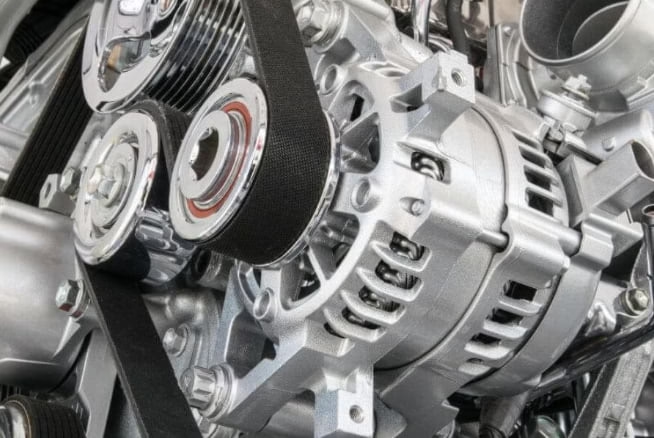With the popularity of new energy vehicles, air conditioning systems have also become an important consideration when buying a car. Compared with traditional fuel vehicles, the air conditioning of new energy vehicles relies on electricity, and the types and energy consumption performance vary greatly. Today, let’s talk about the types of new energy vehicle air conditioners and purchase suggestions to help everyone choose a more suitable configuration!
1. Common types of new energy vehicle air conditioners
Electric compressor air conditioner (mainstream solution)
Principle: The electric compressor (vortex or swash plate type) is driven by a high-voltage battery, no longer relying on the engine to drive, and has high cooling efficiency.
Advantages:
✅ Independent operation, can be used for a long time when parked
✅ Fast cooling speed and sensitive response
Disadvantages:
❌ High power consumption, may affect battery life (especially in extreme weather)
Representative models: BYD, Tesla, Weilai and most other pure electric models
Heat pump air conditioner (high-efficiency energy-saving type)
Principle: Similar to household air conditioners, it absorbs or dissipates heat from the environment, which is more energy-saving than traditional electric heating.
Advantages:
✅ Winter heating saves 30%-50% of electricity compared to PTC, significantly improving battery life
✅ High comprehensive energy efficiency, suitable for cold areas
Disadvantages:
❌ High cost, reduced efficiency at low temperatures (below -10℃)
Representative models: Tesla Model Y, BYD Haibao, Xiaopeng G9 and other mid-to-high-end models
PTC heating air conditioner (low-cost solution)
Principle: Direct heating through electric heating wire (PTC ceramic), similar to the principle of “hair dryer”.
Advantages:
✅ Fast heating speed and simple structure
✅ Low cost, commonly found in economical electric vehicles
Disadvantages:
❌ Huge power consumption (power 5-8kW), winter battery life may shrink by more than 30%
Representative models: Some 100,000-level pure electric models (such as Wuling Hongguang MINI EV high-end version)
Waste heat recovery air conditioner (common in hybrid vehicles)
Principle: Use the waste heat of motors and batteries to assist heating and reduce energy consumption.
Advantages:
✅ Energy saving, suitable for hybrid/extended-range models
Disadvantages:
❌ Limited effect in pure electric mode
Representative models: Ideal L series, Wenjie M5 and other extended-range electric vehicles
2. How to choose air conditioners for new energy vehicles?
Look at the climate environment
– Cold areas in the north: give priority to heat pump + PTC assistance to ensure heating effect and endurance.
– Warm areas in the south: ordinary electric compressor air conditioners are sufficient, and PTC is also acceptable.
Look at endurance requirements
– Long-distance/winter car use → choose heat pump air conditioners (little impact on endurance).
– Short-distance travel → PTC or ordinary electric compressors are enough.
Look at the budget
– Adequate budget: directly use heat pump air conditioners (common in mid-to-high-end models).
– Limited budget: PTC air conditioners are sufficient, but endurance will be affected in winter.
Look at intelligent functions
– Remote control: turn on the air conditioner in advance to improve comfort (such as Tesla and BYD APP control).
– Intelligent temperature control: automatic adjustment combined with navigation to optimize energy consumption (such as Weilai and Xiaopeng). 3. Tips for use
Summer: Open the window remotely for ventilation before getting in the car, and then turn on the air conditioner to avoid direct maximum air volume.
Winter: Use seat/steering wheel heating first, which is more energy-saving than air conditioning heating.
Long-distance driving: Use air conditioning + cruise mode reasonably to reduce frequent start-stop power consumption.
Summary
✅ Best energy efficiency choice: heat pump air conditioner (suitable for northern/range-focused users).
✅ Cost-effective choice: electric compressor + PTC (enough for southern users).
✅ Hybrid car users: waste heat recovery system is more energy-efficient.
When choosing a car, you can choose the most suitable air conditioning configuration based on your own car environment, budget and range requirements!
















Leave a Reply